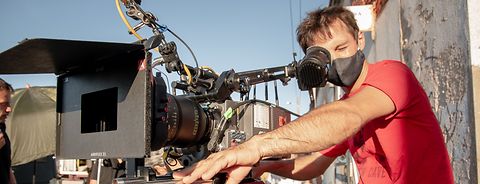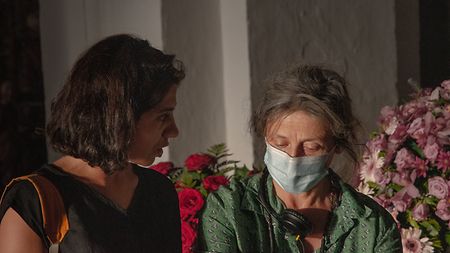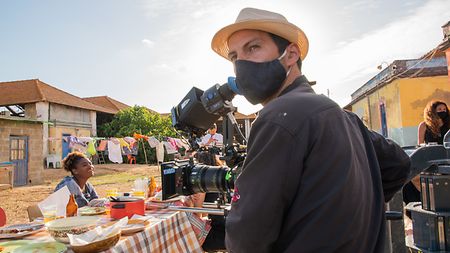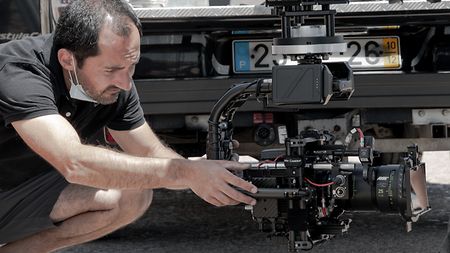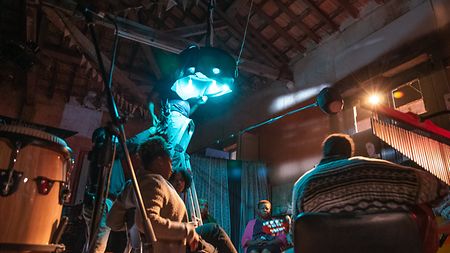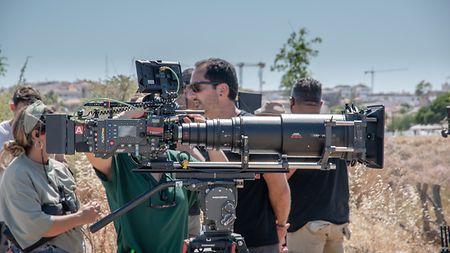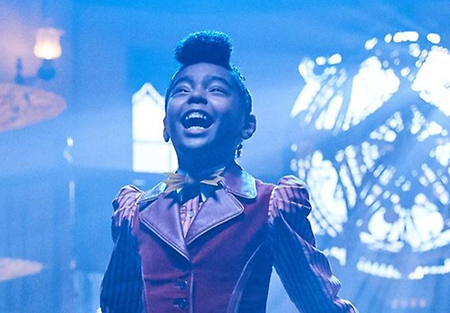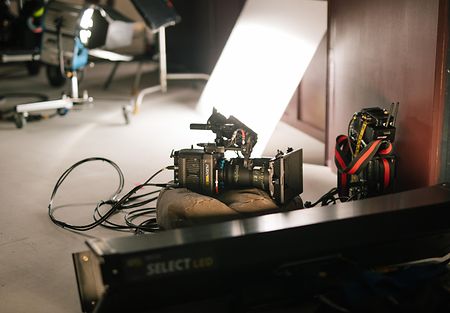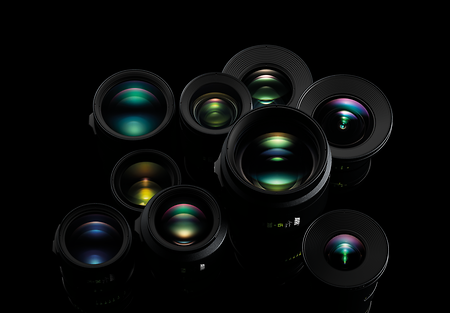Based on the successful novel by Portuguese author Lídia Jorge, “The Wind Whistling in the Cranes” (“O Vento Assobiando nas Gruas”) is a coming-of-age story about a girl who falls in love with a member of a family very different from her own. Set in southern Portugal, where a colonial past still sends ripples and rifts through 1990s society, it follows the girl as she discovers sex, love, marriage, and different ways of living. A co-production between CRIM Filmes in Portugal and Box Productions in Switzerland, it was directed by Jeanne Waltz and shot with ALEXA cameras and Signature Prime lenses by cinematographer João Pedro Plácido, who spoke to ARRI about his work on the film.
Why did large format seem like the right approach for this story?
Jeanne, our director, didn’t want a genre aesthetic; she wanted to create her own style. We talked through a lot of ideas and found a common language. We had all these landscapes and beautiful sets. Also, the story revolves around social class issues, and since backgrounds can tell a lot about characters, we needed to see them. But I also wanted to be physically close to the characters without having a wide-angle lens deforming their faces. So it made sense to use a wide field of view. This is what led us to large format.
